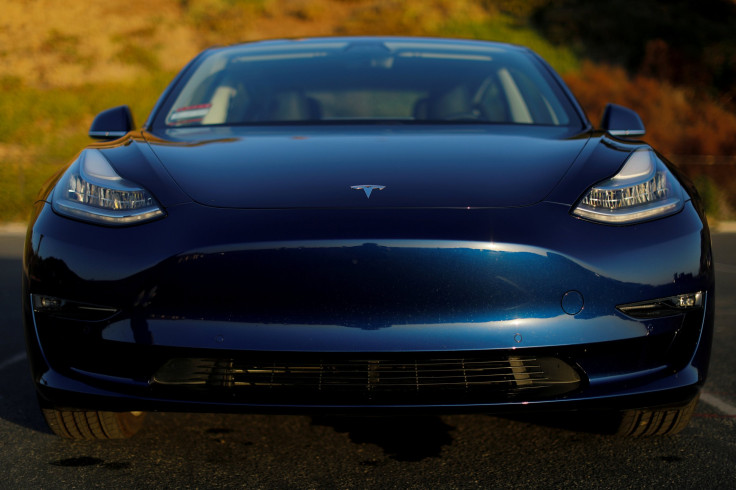Can Tesla's Model S and X Deliveries Pick Back Up?

Tesla's (NASDAQ:TSLA) vehicle production and deliveries have been in the spotlight recently. But the electric-car maker's attention has mostly centered around its newest vehicle: the Model 3. Meanwhile, the Model S and X have sort of become sort of an afterthought. There's good reason, of course, for all of the Model 3's attention. As Tesla's most affordable vehicle yet, the automaker expects the important car to drive massive growth in the company's top line, and even help it achieve profitability.
This article originally appeared in the Motley Fool.
But how are Model S and X deliveries doing? Combined Model S and X deliveries in the first quarter marked a pullback compared to levels seen in recent quarters. Can sales of Tesla's flagship vehicles pick back up?
Taking a hit
During its first quarter, Tesla delivered 21,815 Model S and X vehicles combined, lower than the combined Model S and X deliveries in any of the previous six quarters, and down substantially from the 28,425 Model S and X vehicles Tesla delivered in its fourth quarter of 2017.
The meaningful pullback in Model S and X deliveries in Tesla's first quarter was due to "Short-term operational and logistical issues led to an increase in the number of Model S and Model X vehicles in transit to customers at the end of Q1," Tesla said in its first-quarter shareholder letter.
Making matters worse, these temporary challenges for Model S and X deliveries are expected to persist during the electric-car company's second quarter, management explained in its first-quarter shareholder letter: "We are in the process of changing the quarterly production pattern of Model S and X vehicles for the various worldwide regions to ensure a more linear flow of deliveries through the quarter. We believe this will provide a better customer experience and reduce the stress on our delivery system."
As a result, Tesla expects combined Model S and X deliveries during its second quarter to remain at this lower level.
Looking for a rebound
Beyond Tesla's first quarter, though, there's good reason to expect Tesla's Model S and X deliveries to rise higher.
First and foremost, Tesla has made it very clear that demand is not the reason behind its pullback in Model S and X deliveries recently. In fact, demand for the vehicles is "very strong," Tesla said in its first-quarter shareholder letter. "After all-time record orders in Q3 and Q4 2017, we had our highest ever Q1 for orders," Tesla said. In addition, management said demand was exceeding supply at the time of its first-quarter shareholder letter.
Given its robust demand for Model S and X, Tesla continues to forecast a total of 100,000 Model S and X deliveries during 2018, despite only delivering 21,815 units in its first quarter and expecting under 42,000 units in the first half of the year. In other words, Tesla expects total Model S and X deliveries in the second half of the year to rise 19% compared to the first half of the year.
Of course, there's no guarantee Tesla will pull this off -- even if demand for the two vehicles remains strong. The automaker may need to reallocate more resources toward its aggressive Model 3 production ramp than expected. Investors, therefore, should look for management to reaffirm its full-year guidance for 100,000 Model S and X deliveries when it shares its quarterly update on first-quarter production and deliveries in a few weeks.
Daniel Sparks owns shares of Tesla. The Motley Fool owns shares of and recommends Tesla. The Motley Fool has a disclosure policy.





















